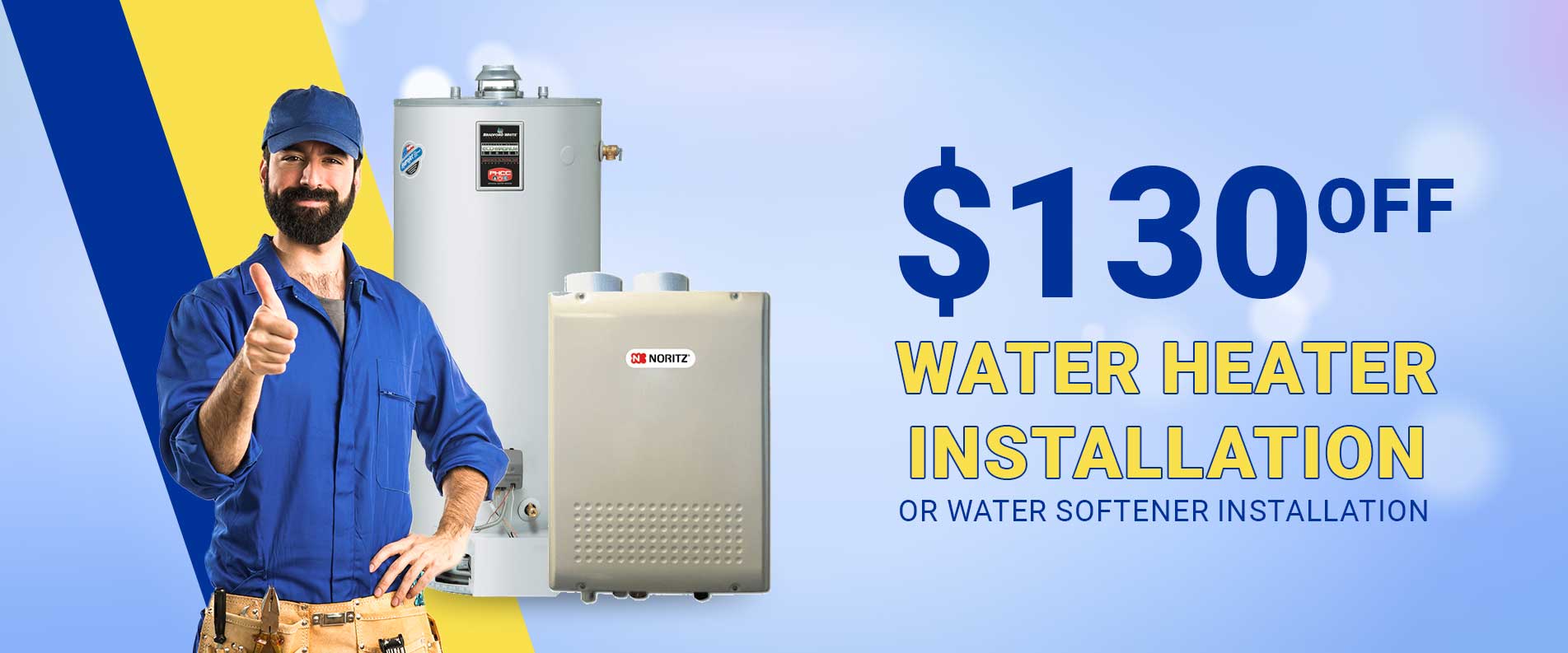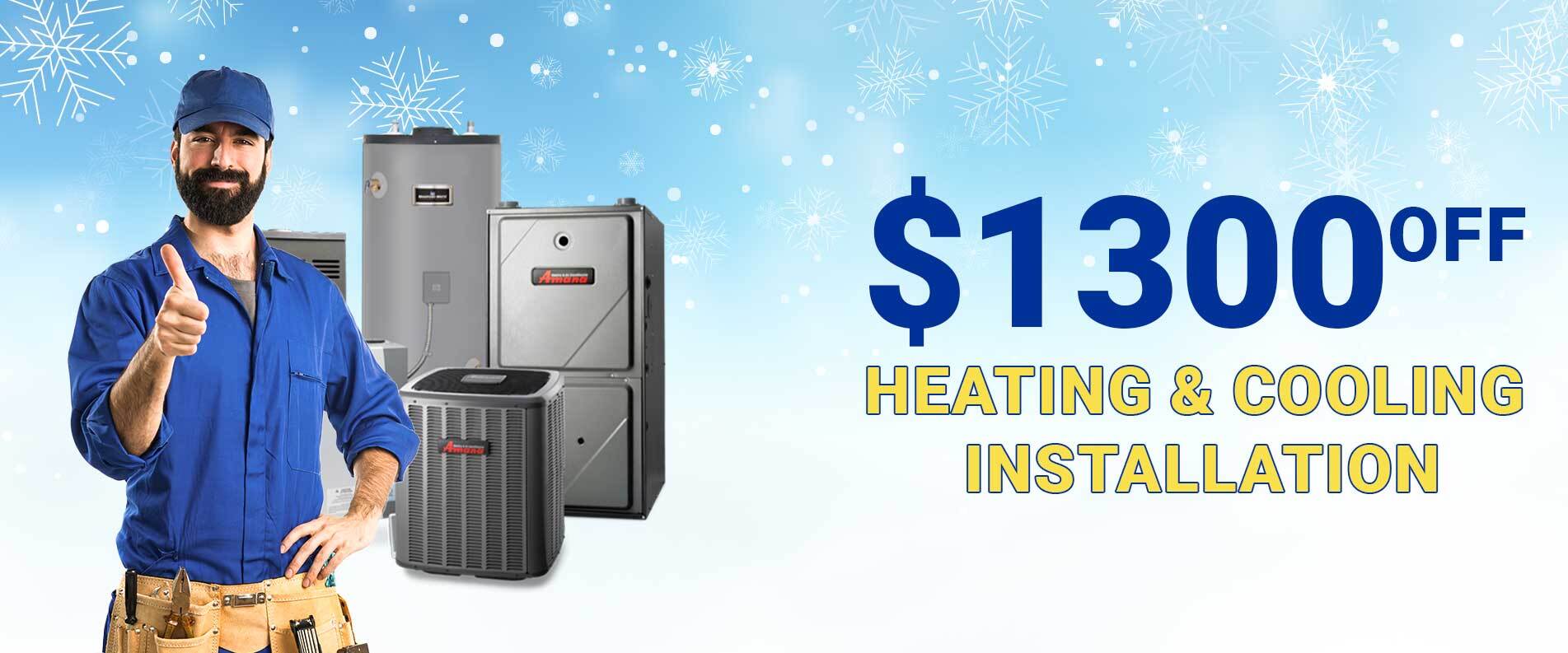A dual fuel heating system is made up of four main parts:
- The heat pump which is situated outdoors and runs on electricity.
- A fossil fuel furnace located inside your home.
- A coil installed above the furnace.
- Refrigerant lines which connect the heat pump and the coils.
Heat pump action
Unlike a furnace which generates heat by burning fuel, a heat pump installation transfers heat from one location to another. It does this by using refrigerant which absorbs the heat from the outside air, compresses it (making it even hotter), and then transfers it to the coil.
The coil heats up from the hot refrigerant passing through it, and transfers heat to the air that is blowing across it. As the passing air seizes the heat from the coil, the refrigerant inside the coil cools down and is returned to the heat pump to take up more heat from outside.
Furnace action
As the temperature outside gets colder, it becomes harder for the heat pump to absorb enough heat to supply the heating needs of your home. Balance point is reached when it can no longer keep up with the heating requirements. Help from another heat source is then called for. In a dual fuel system, this assistance will come from the furnace. In other words, as soon as balance point is reached, the furnace kicks in, creating the heat that your home requires.
A further advantage of a dual fuel system is that it can also be “reversed” to provide central air conditioning to cool your home during the hotter months of the year.
With over 120 years of HVAC contractor experience, the team at Edwin Stipe, Inc. can help you choose the right heat pump installation for your Phillipsburg, NJ home. Finance and service plans are also available for your convenience. Please contact us for more information or a free estimate.





